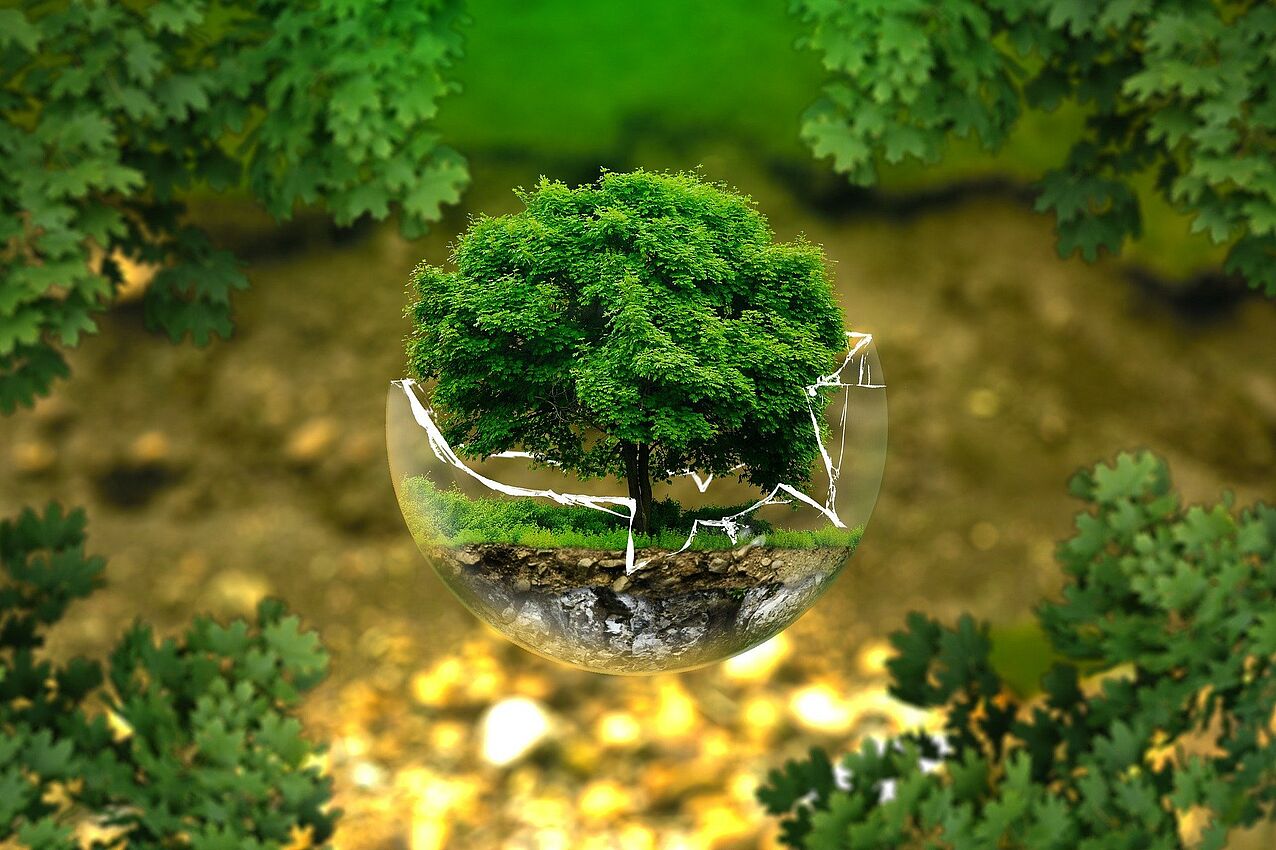ALLPLAN Bridge is Now ALLPLAN Civil: What the Name Change Means for Users
Considered as a nation, China is the world's most polluting and CO2-emitting country. Mega cities such as Beijing or Shanghai are suffocating in smog. Billions of tons of trash land in the Yangtze River and other rivers. 60 percent of the water resources are not drinkable. Around one-fifth of the cultivated land is heavily polluted with heavy metals, such as cadmium. All of this are the ugly by-products of the progressive conversion of China into an industrial world power. But the Middle Kingdom is also striving, quite commendably, to become the greenest country in the world. To do this, the People's Republic of China is investing billions in renewable energy and is experimenting with environmentally friendly urban planning.

Just recently near the eastern Chinese city of Huainan, a project of immense symbolic character for en energy revolution was finished in the Middle Kingdom: the world's largest floating solar power plant. The solar modules of the giant plant with a capacity of up to 40 megawatts are cooled by a lake here, which ironically covers a former coal mining site. Since the water is heavily mineralized by the coal, any other use would have been difficult anyway. The construction of the largest solar thermal power plant in the world in the Gobi Desert also caused a stir. Six solar absorbers each generate 135 megawatts here in the around 25 square kilometer system (a total of 810 megawatts!).
Eco cities: Laboratories for green urban planning
However, the "greening" of China is not only affecting the energy sector alone, but also holistic urban planning pilot projects. With the so-called "eco cities", the People's Republic of China is for example creating laboratories in which concepts for sustainable building, mobility, energy, water/wastewater, waste management as well as information technologies and innovations are tested. Twelve such eco cities are being developed and tested in cooperation with Deutsche Energie-Agentur (dena - German Energy Agency), including Zhangjiakou – which in addition to Beijing is one of the two venues of the 2022 Winter Olympic Games. Positive results of the project should later be transferred to the existing cities. The experience gained in China by dena will in turn be of mutual benefit for future projects in Germany.
The highest green investments in the world
Huge solar power plants, green pilot cities – all of this is part of a greater plan for the further modernization of China. This first urbanization plan in the history of the People's Republic of China provides for 60 percent of the population to be living in cities by 2020 based on environmentally-friendly production and consumption. This conversion will cost a lot in China. In 2016 alone, China invested about USD 32.1 billion worldwide in renewable energy. In early 2017, the National Energy Agency NEA also announced that by 2020 China will spend EUR 343 billion on renewable energy and nuclear energy to replace dirty coal-fired power plants.
The short-term goal is to cover 15 percent of the country's total energy consumption with coal alternatives. Moreover, these measures are to create 13 million jobs – more than are lost with coal power. At EUR 138 billion, the largest portion of the package is going into solar energy. A great deal has already been done in advance here too. Last year alone, China increased its solar power capacities by 34.54 gigawatts to 77.42 gigawatts, almost doubling it. Due to the new investments, solar power plants larger by 1,000 x will be created in the coming years.
Conclusion
It will probably take a lot of time until the eco cities actually achieve results that can be applied across the board. Even with the giant new solar power plants, it is not yet clear whether they will actually be able to provide electricity as soon as they are running. The routes are still missing in many places here, which will carry the energy from the sun-rich desert to the often far-removed cities. Nevertheless, the extent of green measures in China gives hope they will make a real difference in the fight against climate change.




